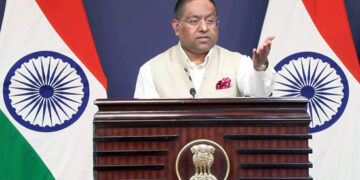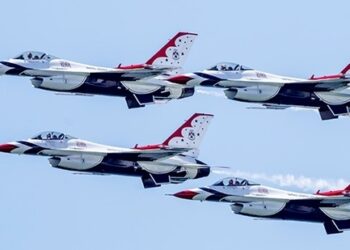Astronaut Sunita Williams’ latest photos from space have revealed a noticeable transformation, sparking public curiosity over her weight loss and the challenges of staying nourished in orbit. Space missions can place extreme demands on the human body, and nutrition is a critical factor in maintaining astronauts’ health.
As one of NASA’s most experienced astronauts, Williams has spent a significant amount of time in space, encountering the unique physical demands that come with it. Weight loss is common among astronauts due to various factors such as altered metabolism, limited movement, and the strict space diet. But what exactly does Williams eat to stay fit and energized during her mission?
The Space Diet: What Sunita Williams Can Eat
In space, meals are carefully planned and scientifically prepared to ensure astronauts get the nutrition they need to stay healthy. Here’s a breakdown of Sunita Williams’ diet in orbit:
- High-Protein Foods: Protein is essential for muscle maintenance in low gravity. Williams’ diet includes dehydrated meats, beans, and sometimes scrambled eggs. These are all freeze-dried to retain nutrients and are rehydrated before consumption.
- Fruits and Vegetables: Fresh produce is limited in space due to storage constraints, but Williams does have access to some fruits and vegetables in preserved forms. These may include freeze-dried strawberries, dried apples, and space-safe greens.
- Carbohydrate-Rich Foods: Carbohydrates provide energy, so items like rice, pasta, and tortillas are common on the menu. Tortillas, in particular, are favoured over bread since they don’t produce crumbs that can float around in zero gravity.
- Special Treats: NASA occasionally sends “bonus food” to boost morale, including candies and sometimes even Earth favourites like peanut butter and jelly.
- Supplements: Because fresh food supplies are limited, Williams and other astronauts take supplements to compensate for potential deficiencies in vitamin D and calcium, crucial for bone health in microgravity.
How Weight Loss Happens in Space
The weight loss observed in Williams isn’t unusual among astronauts. Several factors contribute to this phenomenon, including:
- Decreased Appetite: Many astronauts experience reduced appetite in space due to the effects of microgravity on the body, which can alter taste and smell.
- Increased Caloric Needs: Maintaining body mass in space requires higher calorie intake to combat muscle atrophy and bone density loss. However, meeting these needs can be challenging.
- Limited Exercise Options: While astronauts exercise daily to maintain muscle mass, the reduced gravity still affects their body differently than on Earth, making it hard to maintain the same fitness levels.
Looking Forward: Future Nutrition in Space
As space agencies plan for longer missions to the Moon and Mars, food technology is advancing. NASA is exploring ways to grow fresh produce in space, and nutrition experts are developing new food systems to enhance astronauts’ health.
For now, the world remains fascinated by astronauts like Sunita Williams and their remarkable resilience. As her recent images reveal the challenges of life in space, they also underscore the strength and dedication needed to push the boundaries of exploration.








 India
India












